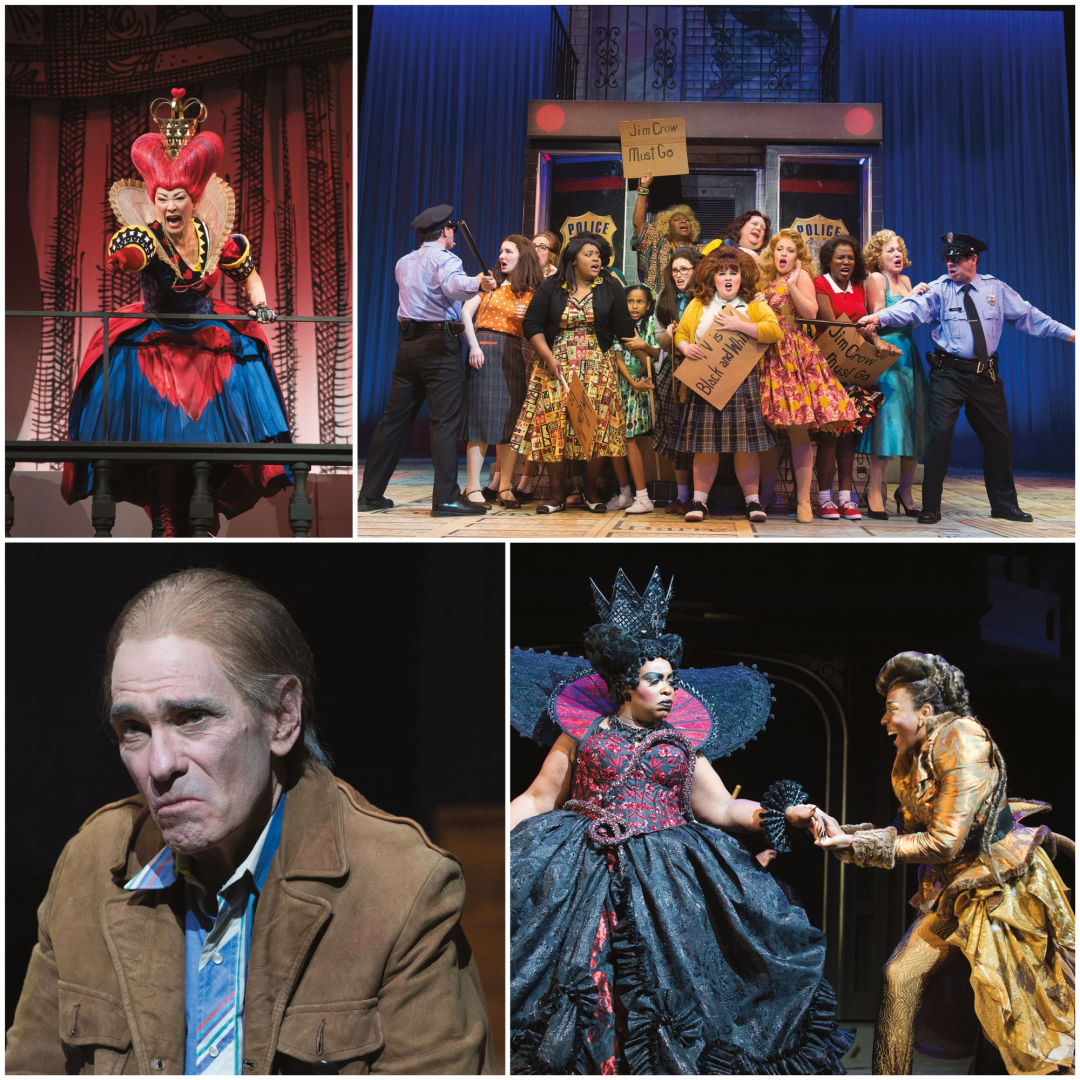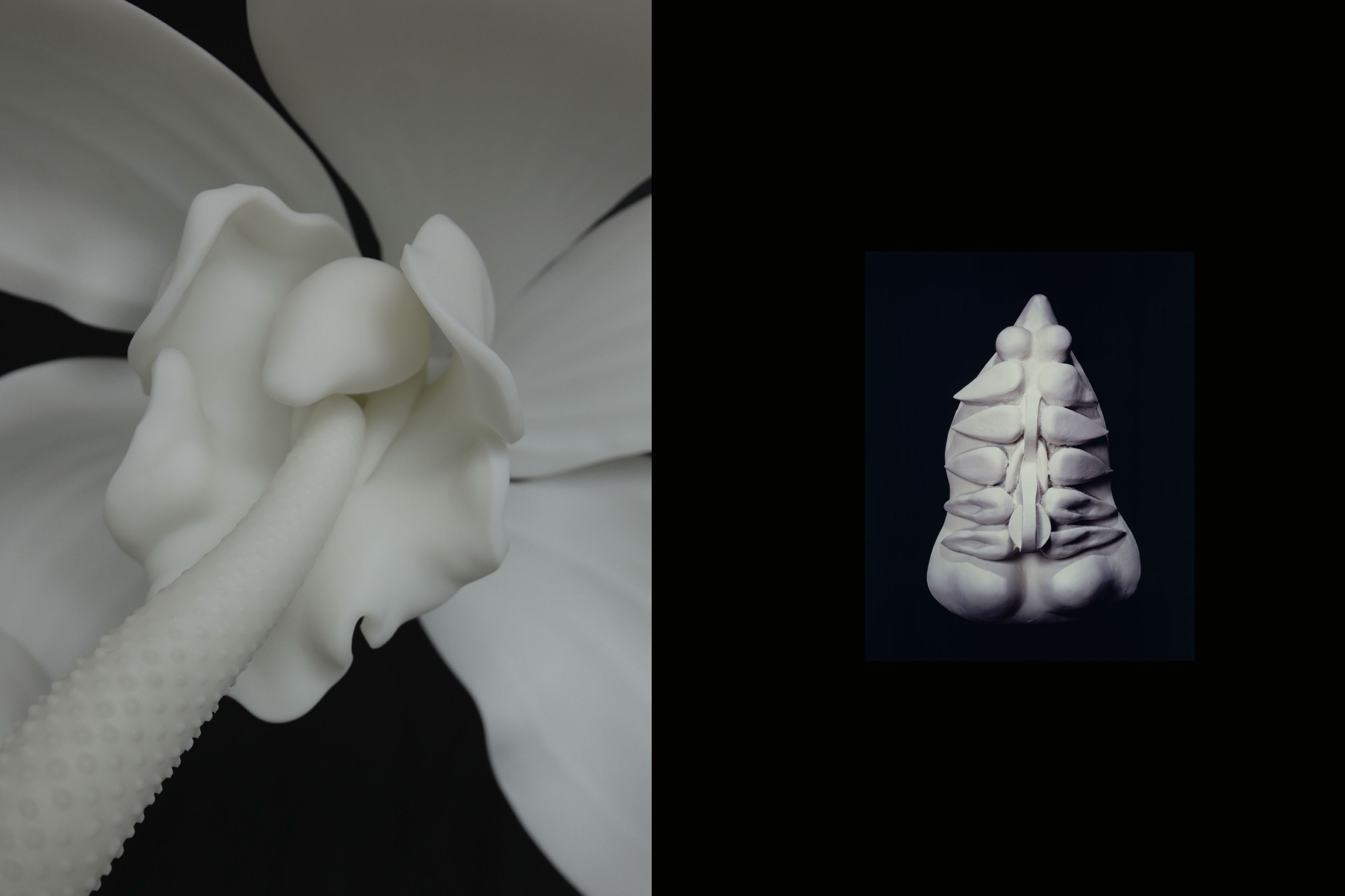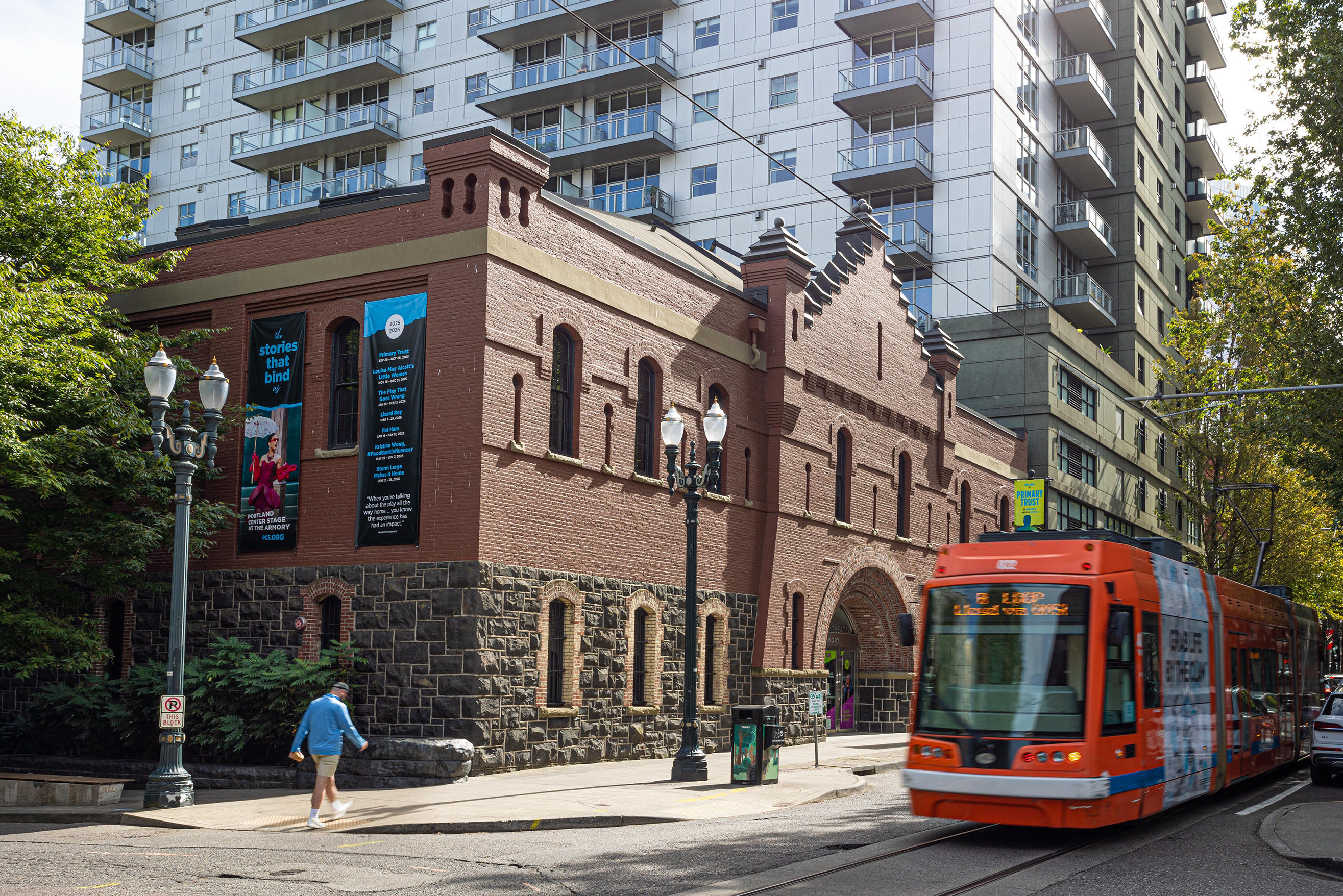At the Oregon Shakespeare Festival, Wigs Are Serious Business

Clockwise from top left: wigs in the productions of Alice in Wonderland, Hairspray, The Wiz, and Mother Road wig. clockwise from top left: actor Amy Kim Waschke; ensemble cast; actors Yvette Monique Clark & Christiana Clark; actor Mark Murphey.
Image: Courtesy Jenny Graham
For Cherelle D. Guyton, little is more irritating at the theater than an actor in a bad wig.
“A bad wig is one of the first things people will notice,” Guyton says. “It’s incredibly distracting.”
As supervisor of the wigs and hair department, Guyton brings a literal head-first perspective to the Oregon Shakespeare Festival. The 84-year-old repertory company—one of the largest-budget theaters in the country—mounts 11 productions in Ashland each season, some of which require dozens of from-scratch wigs and hairpieces (beards and mustaches also fall under Guyton’s purview). This season alone, she oversaw the creation of roughly 100 pieces.
The variety of coifs is dizzying, from bouncy ’60s-era bouffants in Hairspray to towering “hair sculptures” in Alice in Wonderland. Guyton designed the wigs for Alice, a feat that entailed customized wefts in several shades of crimson for the Red Queen, a vertiginous cotton candy-esque swirl for the White Queen, and individually stitched dreadlocks for the Caterpillar.
It’s not all so showy. For this season’s Mother Road—an imagined sequel to The Grapes of Wrath—Guyton had to design a wig for the play’s terminally ill, balding protagonist (portrayed by an actor with a full mop). She chopped up a stock wig and rebuilt it with donated hair (“I am a collector of people’s hair,” says Guyton), snipping away the healthy strands and using only the damaged ends.
“Oftentimes when people hear ‘wig designer,’ they think all you can do is pretty,” Guyton says. “[That wig is] one of the things I’m most proud of this season.” Doing characters justice also means taking actors’ identities into account—especially critical when it comes to actors of color, whom Guyton says are “very often forced into a Eurocentric aesthetic.” For the 2016 production of The Wiz, which featured one of OSF’s largest-ever African American casts, that meant that even though some of the tresses were technicolor, each wig was constructed with the actor’s natural hair texture in mind.
And the work doesn’t end once the manes are curled and crimped: Wig maintenance is a whirl of sanitizing, restyling, and something Guyton calls “light petting,” plus shampooing. “It’s one of the things that comes dead last in most theatrical realms, but it’s the first thing you see,” she says. After all, she deadpans: “With every actor onstage, they usually have heads.”




